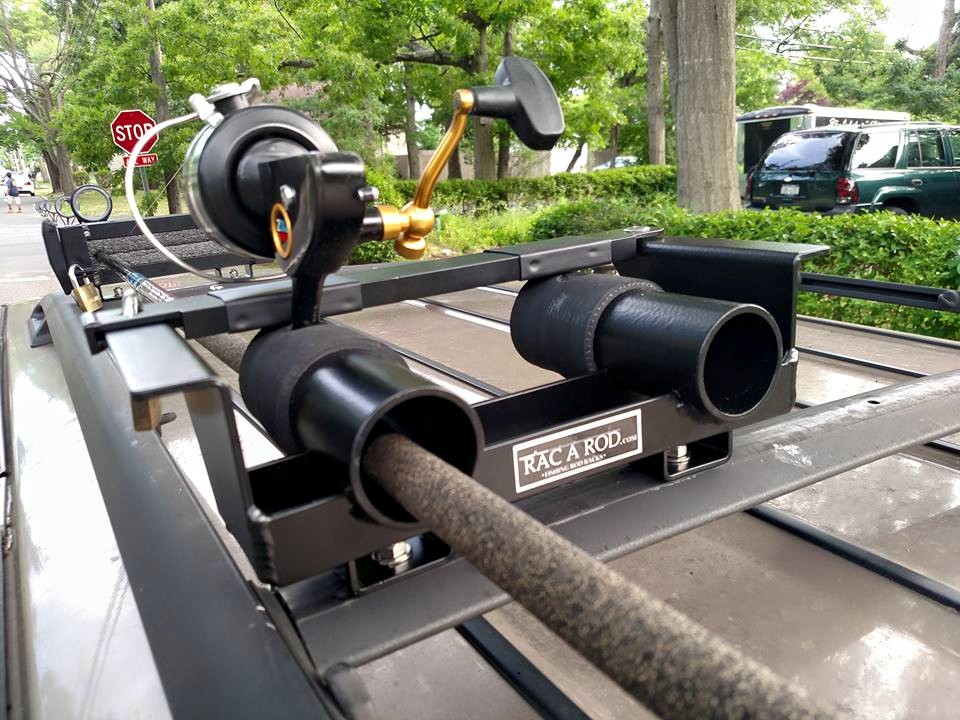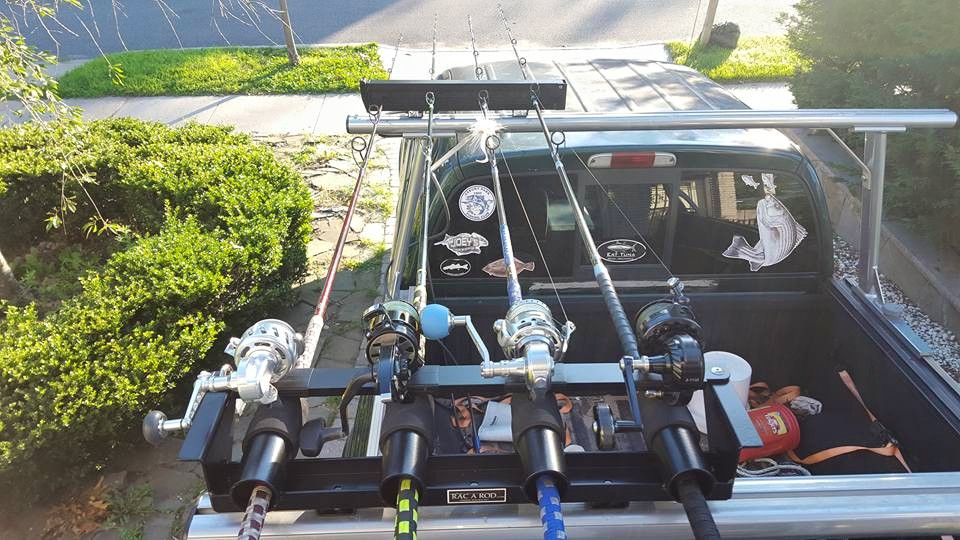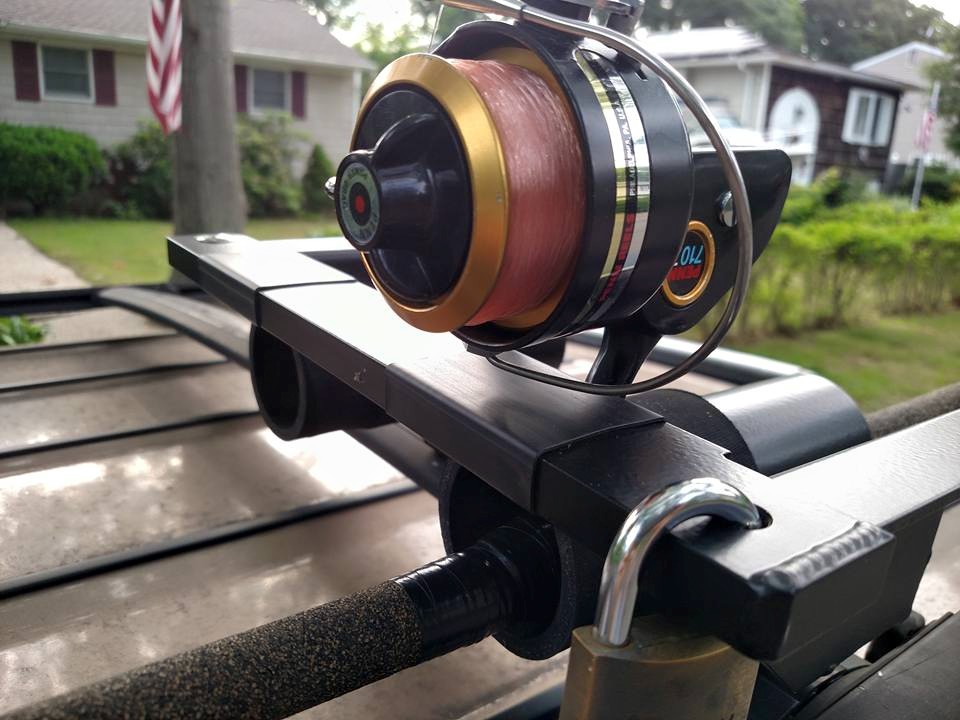This is a blog post by guest author and SJ subscriber Jerry Audet
My Bonefish
“It’s too deep, and I can’t see a damn thing,” I said out loud.

I was late; Carly and I had gone out for dinner and time had just gotten away from me. My mind was a little foggy from a long day on the water, but I figured I’d work my way across this relatively deep flat, and keep my eyes out for cruising fish trying to snatch up their last meals as the day waned into rosy twilight.
I “hustled” across the grass flat in nearly waist deep water, dragging my feet in an effort to keep myself from becoming a stingray victim. The long, waspy mud trail billowing behind me gave away the direction of the current. It was deceptively strong, and I was tired from multiple ten-hour wading days. This, and my overly-full belly stuffed with crab cakes and roasted brussel sprouts, was making my navigation to the edge of the grass more difficult than in days past.
And I was nervous. I had seen two sharks over six feet long in this exact location earlier that day. A good sign of life, sure; but for me as a Yankee, with little shark experience, it was a bit harrowing.
No doubt about it, I really didn’t have any idea what I was doing. I mean, I know how to fish, and I can cast a fly rod well enough to hold my own, but before this trip, I had never flats fished before. All I really knew was I had spent a lot of time, effort, and money on this trip, and I REALLY wanted to catch a bonefish. All the stories I had read, all the videos I had watched- they all pointed to the bone’ as the ultimate fly-rod quarry. I wanted to experience that.
I had chosen this flat from scouring Google Earth, because I felt it looked “fishy”. No one told me to fish here; in fact, I couldn’t get much information out of any of the local shops of where to go (what to buy, sure, but where to go- not so much). I ended up just falling back on my experience.
Experience that had been failing me over the last five days.
I couldn’t help but think about this failure, as I shuffled along, armed with my new 10-weight fly rod, after having exploded my 8wt with a heavy crab pattern the day before.
“Tonight’s the night,” I thought to myself.
“I can feel it”.
I arrived at my destination, and began to strip off line. Here, at the border between hard, light sand and soft, dark vegetation, the water was shallower and clearer. I found myself standing in less than knee deep water. There was a solid 10-15mph wind coming over my non-casting arm, and resolutely turned to face it. The sun was low behind me, and the combination of this with the wind meant all I could see was about six feet in front of me to the edge of where the grass abruptly ended, and sand began.
“Guess I’m blind casting,” I whispered into the breeze.

This sandy trough, about 3.5 feet deep, traversed along the edge of the grass flat between the bridges. 10 to 30 feet out from the edge more grass “pot holes”- some up to 15 feet in diameter- dotted the whole area going out at least a quarter mile. It was full of life, with brightly colored bait fish, various sea-stars, urchins, crabs, and other small and medium sized crustaceans. I had multiple encounters with a large loggerhead turtle here in the days prior, who was feeding on conch, and I was in love with the spot.
But it still hadn’t produced for me, and I was getting frustrated. The fish were there; I had had two follows and seen two other bonefish, but no hook-ups. Undoubtedly even getting a bone’ to follow your fly the first few times you go out is an accomplishment, and I was trying to keep this in perspective. However, anyone who knows me well will not find it at all surprising that I really could not be happy with this “almost” attitude. But I had made the decision not to hire a guide, as to me, it wouldn’t be satisfying unless I could find, hook, land, and release the fish on my own.
All this was going through my mind for the millionth time as I finally started to cast. I started to isolate spots I figured could hold fish- small rocks, pot holes, grassy patches, a big sponge, a funneling area of soft bottom, etc. I’d cast to all of them 2-3 times. Then I’d move. Being out of the current now, I’d let the fly sink completely, and then painstakingly drag it back to the edge with slow, purposeful strips, adding in the occasional “pop”. When it got close, I’d lift it up slowly, pulling it out of the grass.
I worked a merkin for about 20 minutes, as it was the only fly that drew any interest from fish on the previous trip to this flat, but it was tiring to cast with a 12 foot leader and 15 mph wind, even with the 10wt. I decided my wrist and hauling arm needed a break after so many days of casting, and since I wasn’t catching anyways, I figured I’d try something else. I dug around in my fly box, before settling on a Petersons spawning shrimp I had bought a few years ago at an Orvis outlet. I had intended on using it for carp, but the fly had gone un-used. I bounced it in my hand. I liked it’s “action”, and the coloration was good for the light bottom I was casting into.
I tied it on with a loop knot, and continued ever so cautiously progressing along the edge of the grass as the tide continued to rise, blind casting to different structure points.
As the sun started to really get low, I arrived at a spot I had identified previously. It looked like a fish magnet; I had not caught anything there yet…but it just felt like it had so much potential! This “micro flat” contained a small point jutting out from the turtle grass towards a large circular grassy area within easy casting distance (50-60 feet). The cut between me and this patch of dark bottom was a shallow trough, maybe 20 feet across, strewn with coral fragments and pebbles. I stood on the edge of the point, and cast my little fly directly into the grass.
Naturally, it hung up immediately.
I rolled my eyes, and stripped it hard out of the grass, with a couple of long, hard pulls, quickly dumping it into the sand trough. I then let it settle, glancing off to the towards one of the bridges as a small green turtle popped it’s head up, exhaling sharply. I watched its’ head dissappear, and then turned back to my fly.
I gave it a little twitch. Normally, it’d be covered in grass, but I could tell it wasn’t because there was very little resistance on the line. I then proceeded to just slowly pull it across the bottom, with intermittent quick twitches, trying to envision it underwater acting like a injured and fleeing shrimp.
As I approached the edge of the grass, no more then 15 feet from where I was standing, I felt a slight…something. It wasn’t a “hit” or a “bump” or “weight” or anything like that. I can only describe it was if someone had taken their hand and pushed water at my fly hard enough to send it rolling along the bottom, and the feeling that that would impart on the line in my hand.
I strip set the hook hard.

The weight was immediate.
I had hooked…something.
I couldn’t see it, and at first whatever it was decided to do a slow, soft arch around me moving from right to left. I raised my rod high, bright blue fly line scattered all around me, sun glinting off the water leaving me blind to what was happening. As I watched the line cut the water lazily, I started to think perhaps I had a small ray or something like that. I took a tiny step forward in an effort to get a look.
A sudden rapid change in direction and in 3 seconds all 80 feet of my fly line was gone, and in another 5 I was 30 yards into my backing. I desperately tried to adjust my drag, and over tightened it to the point my rod sagged against the pressure. Fearful I would break the 15lb leader, I backed off the drag and palmed the reel as the line continued to melt from the reel. The handle smashed against my hand and I recoiled.
My heart was pounding now; I had planned for that run, but I was not prepared for it. As the reel finally slowed I was able to grab the handle. Then, the line goes just about slack. I start reeling like mad, mumbling curse words through my clenched teeth. The fly line makes it back onto the reel, and still the line is barely taught.
An explosive burst of power and I have to release the reel handle. All the fly line and at least 40 yards of backing disappear in a blink of the eye.
Again, I work it all back, under more resistance this time. And again, as I get the fish within 20 feet of where I’m standing, it blazes back towards Africa like no fish I’ve ever experienced before.
They say you’re never ready the first time, and I definitely wasn’t. I can’t help but smile now just thinking about it. You always remember your first time.
This pattern repeats once more: I scramble to regain line, the fish then blazes it all off, and after at least 3 minutes I still haven’t seen the fish. I’m talking prolifically to myself now.
“Don’t play it too hard, you’ll pop the hook”. “No you idiot, turn the rod, keep pressure thisway”.
There was a fair bit of profanity mixed in as well.
“Has to be a bonefish,” I begin to recite. It turns into a chant. “Please be a bonefish, please don’t be a barracuda”. “Please be a bonefish, please don’t be a barracuda”. “Please be a bonefish, please don’t be a barracuda”.
I reach a stalemate with about 20 feet of fly line out; the fish won’t come closer, and I won’t give it an inch. After another thirty seconds or so, I relent and she takes a another short run, before finally yielding.
I will never forget the next moment for the rest of my life. The glint of the sun on the choppy water, the dark grass underneath, pastel clouds in the background, the long, slow curve of the rod- and the bright flash of an angry bonefish with a bright little pink fly sticking in the side of it’s lip.
My stomach goes into my throat; I can hear my rapid heart beat in my ears. She’s the most beautiful fish I’ve ever seen. Yes, earlier this year I caught a 47.5″ striper. That fish was monsterously powerful. But this fish was…….incredible……
I’m so nervous now that I’ve seen her, I let up on the pressure, and she goes again, but doesn’t even get the fly line off the reel. I try to maintain my composure despite knocking knees and work her back quickly.
Then the game of actually grabbing her begins. Around and around she goes, making me spin 360 degrees several times. I don’t dare pull my knot through the first eye for fear she runs again, and it catches, breaking my line and setting her free. So I have the rod at a precariously high angle, and am trying to grab at my 12 feet of leader.
Twice I grab, she thrashes, and I drop it. I don’t think I was breathing the whole time.
Finally, I get a solid hold, and slide her towards me. As I slip my hand under the belly, I let out a soft, long “YYYEEESSSSSSSSSsssssssss”.
I dropped my rod in the shallow water; screw it, let it float away, I don’t care. I hold her, carefully, and let the goosebumps run up and down my spine. What an amazing animal; what an amazing moment.
I held her in the water and tried to take a few quick pictures before unhooking. Being all alone on this particular evening, I had to figure out a way to get a couple “selfies” too. I decided to gently cradle her in my arms and try to snap a few that way. I gingerly lifted her 26” into my arms, noting her panting lips, mirrored sides, and extremely large, dark, forked tail.
Unfortunately, none of the pictures came out that great. I was too concerned with making sure the camera worked to think about the ugly faces I was making. Or water on the lens. Or the angle of her body. After a few quick shots in rapid succession, I placed her back into the water. I rocked her gently by her tail, washing water over her gills, beaming ear to ear.
Before I let her go, learning from my terrible pictures in the surfcasting tournament, I decided to take a short video. I didn’t even know what to say.
After I finished taping the release, I just remained motionless, kneeling in the water. After a few moments passed, the gravity of what just occured sunk in, and I snapped to my feet to continue casting. However, I didn’t get a single follow or nibble after that. The only fish I saw was a large spotted ray, gliding along the grass edge looking for crabs. I stepped aside to let him pass, and as he did, I decided to call it a night.
I had done what I had come to do.
[youtube]https://youtu.be/VJ8WSTcp0VE[/youtube]
Editor’s note :
This blog post originally was published at http://www.trebleandbassfishing.com
Thank you for sharing Jerry !
Zeno










 racks for the front of your vehicle. As we chatted some more, turns out he works for the same company I retired from. As a matter of fact, he worked in the building behind mine some years back.
racks for the front of your vehicle. As we chatted some more, turns out he works for the same company I retired from. As a matter of fact, he worked in the building behind mine some years back. 







